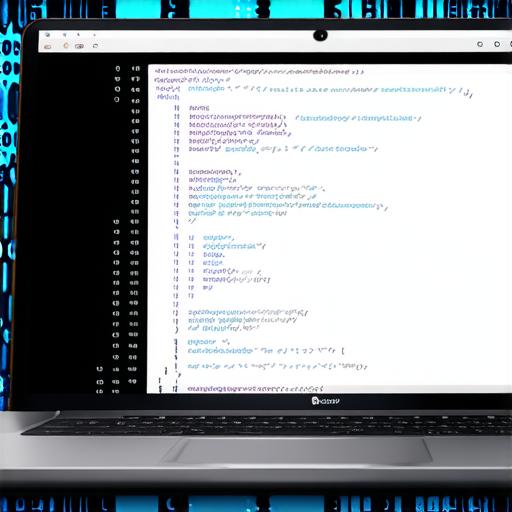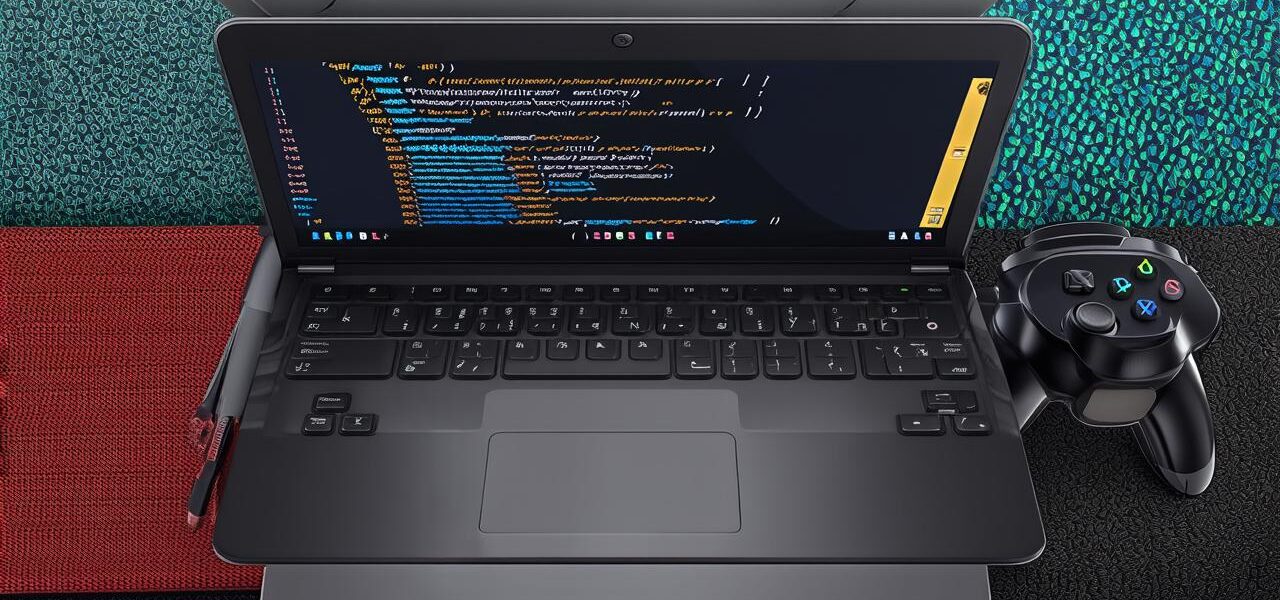Creating a video game is a complex process that requires knowledge of programming languages, art and design skills, and creativity. However, with the advent of powerful web-based tools and platforms, anyone can now create a video game on a chromebook. In this article, we’ll explore how to make a video game on chromebook, including the necessary software, hardware requirements, and best practices for game development.
Software Requirements
To create a video game on chromebook, you’ll need a few software tools and platforms. These include:
- 🌐 Chrome browser: You’ll need to use the latest version of Google Chrome on your chromebook.
- 🎮 GameMaker Studio: This is a web-based platform that allows you to create 2D games using HTML5, JavaScript, and ActionScript. It provides a visual interface and supports various game templates, assets, and plugins.
- 🌐 Unity Hub: If you want to use Unity to create 3D games on chromebook, you’ll need to download the Unity Hub app from the Chrome Web Store. This app allows you to access your Unity projects from any device and provides a streamlined workflow for game development.
- 🎮 Game Engines: You can also use various game engines like Construct 3, Stencyl, or Flowlab to create games on chromebook. These platforms provide pre-built assets and templates that make it easier to create games quickly.
Hardware Requirements
The hardware requirements for creating a video game on chromebook depend on the complexity of the game you want to develop. Generally, you’ll need a chromebook with at least 4GB of RAM, an Intel Core i3 or higher processor, and a dedicated graphics card (if you’re developing a 3D game). Some popular chromebook models that meet these requirements include:
- 🌐 Google Pixel Slate
- 🌐 HP Chromebook x360
- 🌐 ASUS Chromebook Flip C434
- 🌐 Acer Chromebook Spin 5
Best Practices for Game Development on Chromebook
Here are some best practices to keep in mind when creating a video game on chromebook:
- 🌐 Keep it simple: Since chromebooks have limited processing power and memory, it’s essential to create games that are optimized for web-based platforms. Avoid complex graphics, animations, or sound effects that could slow down the game performance.
- 🌐 Use cloud hosting services: If your game requires a lot of data storage or processing power, consider using cloud hosting services like Google Cloud or Amazon Web Services. These services provide scalable infrastructure and can help you optimize game performance.
- 🌐 Test on multiple devices: When developing a game for chromebook, it’s essential to test it on various devices to ensure compatibility and user experience. Use tools like BrowserStack or Sauce Labs to automate testing on different browsers and operating systems.
- 🌐 Optimize code: To improve game performance, optimize your code by removing unnecessary functions and minimizing file sizes. You can also use tools like UglifyJS or YUI Compressor to compress your JavaScript files.
- 🌐 Collaborate with other developers: Collaboration is crucial for game development, especially when working on complex projects. Use tools like GitHub or Bitbucket to manage code changes and share progress with other developers.
Case Study: Creating a 2D Game on Chromebook using GameMaker Studio
Let’s take a look at an example of creating a simple 2D game using GameMaker Studio on a chromebook. In this game, we’ll create a platformer with basic physics and graphics.
- 🌐 Setting up the project: Open GameMaker Studio and create a new project. Choose a template that suits your needs and customize it according to your requirements.
- 🌐 Creating assets: Use the built-in asset editor to create or download graphics, animations, and sound effects for your game. Make sure to optimize your assets for web-based platforms to improve performance.
- 🌐 Writing code: Use the GameMaker Studio visual scripting language to write the code for your game. You can start with basic physics and movement code, then add more complexity as needed.
- 🌐 Testing and debugging: Test your game on different browsers and devices to ensure compatibility and user experience. Debug any issues you encounter using the built-in debugger or external tools like Chrome DevTools.
- 🌐 Publishing the game: Once you’re satisfied with your game, you can publish it to various platforms like Google Play Store or Chrome Web Store using the built-in publishing tools.

Conclusion
Creating a video game on chromebook is an exciting and accessible way for anyone to explore game development. With the right software tools and hardware requirements, you can create engaging games that run smoothly on web-based platforms. Remember to keep it simple, optimize your code, and collaborate with other developers to ensure success in game development.




